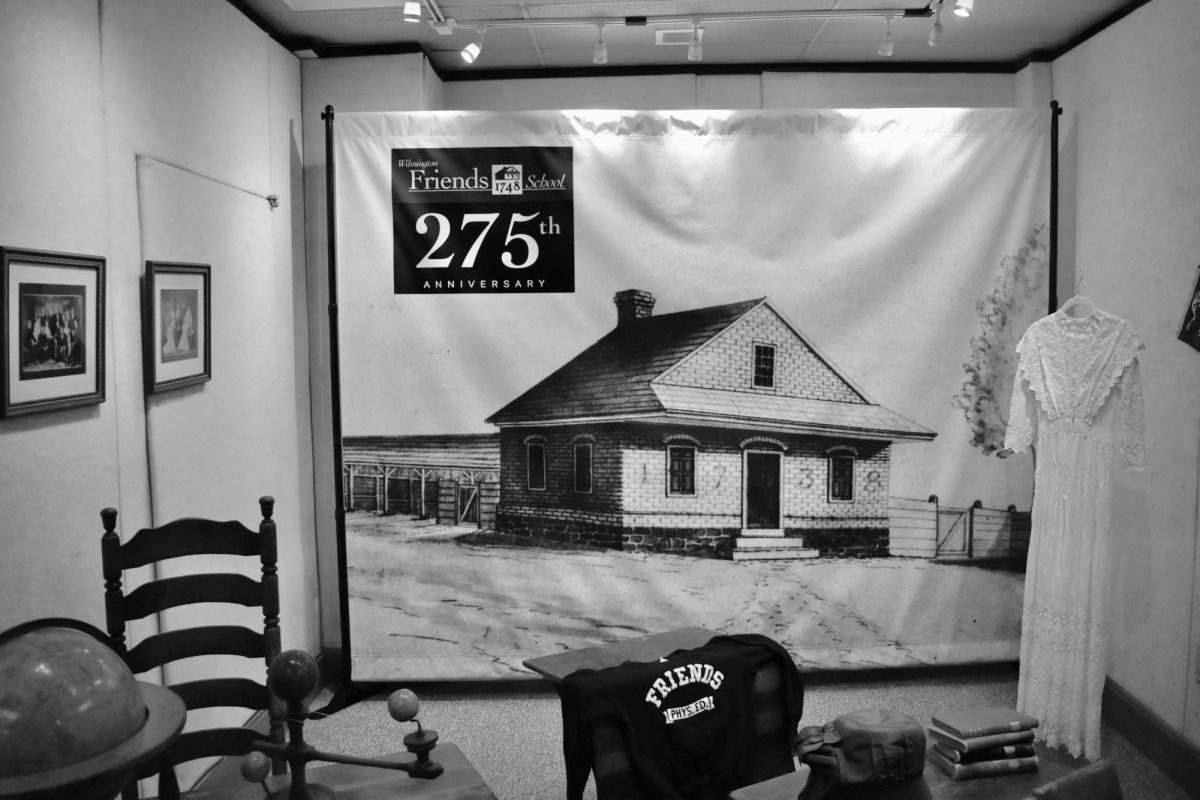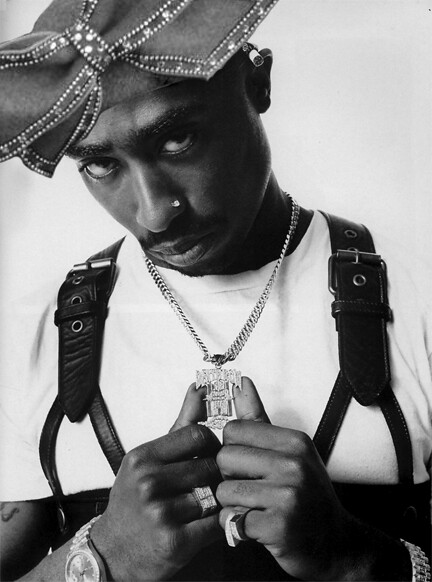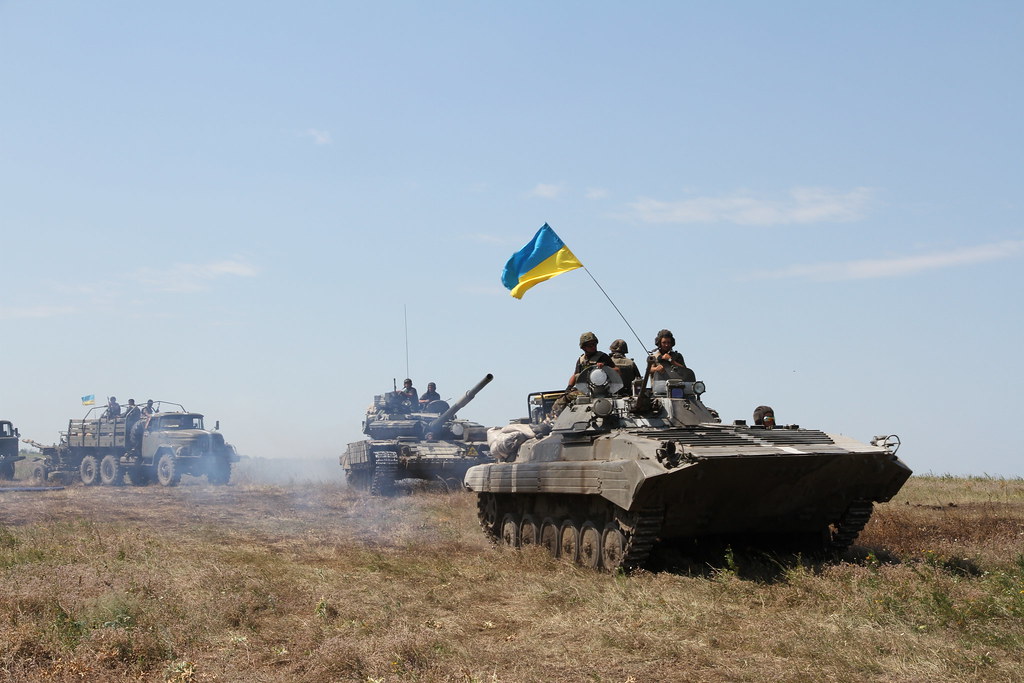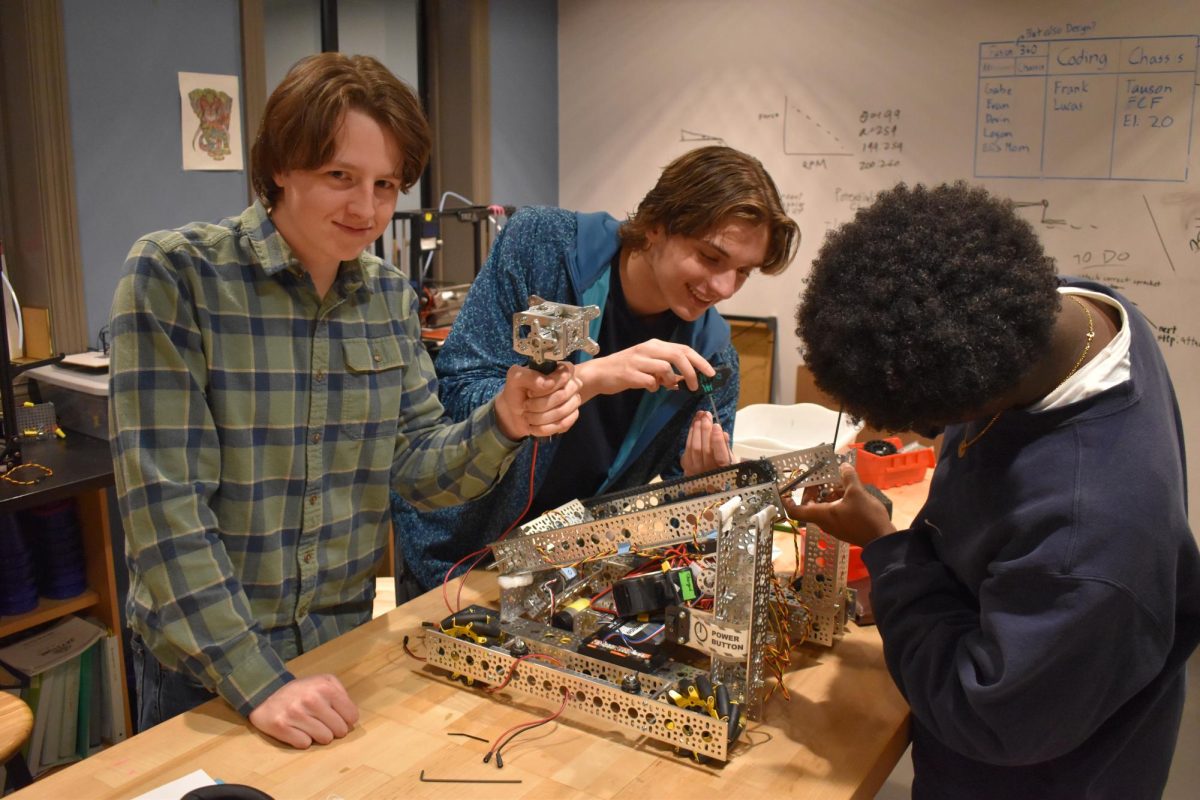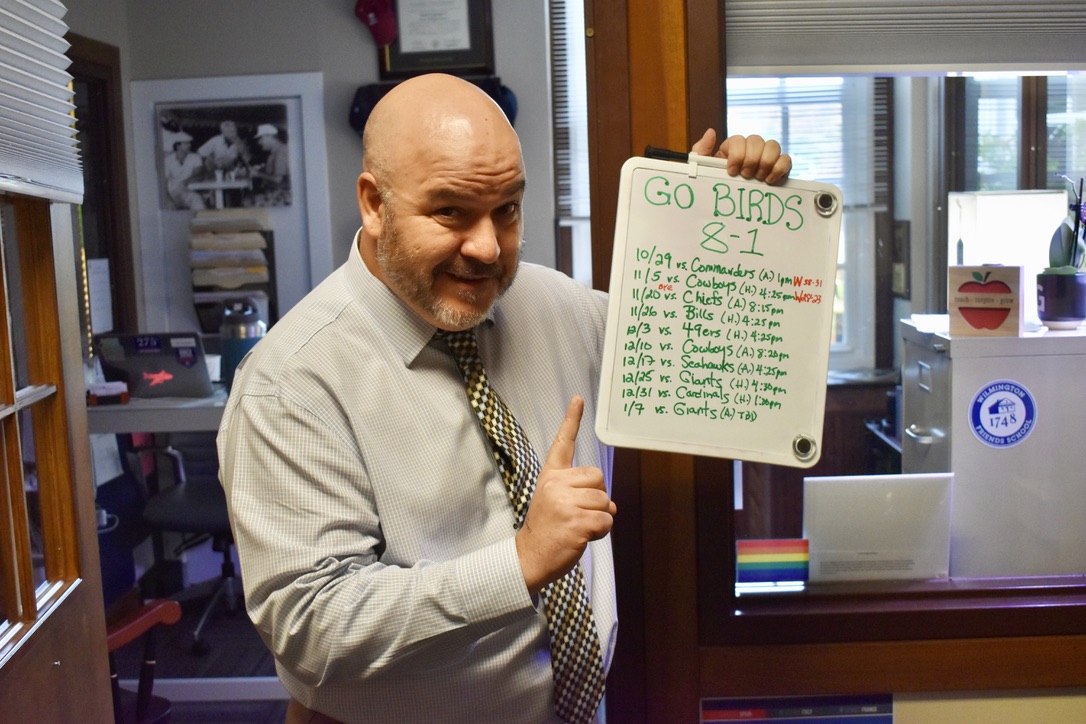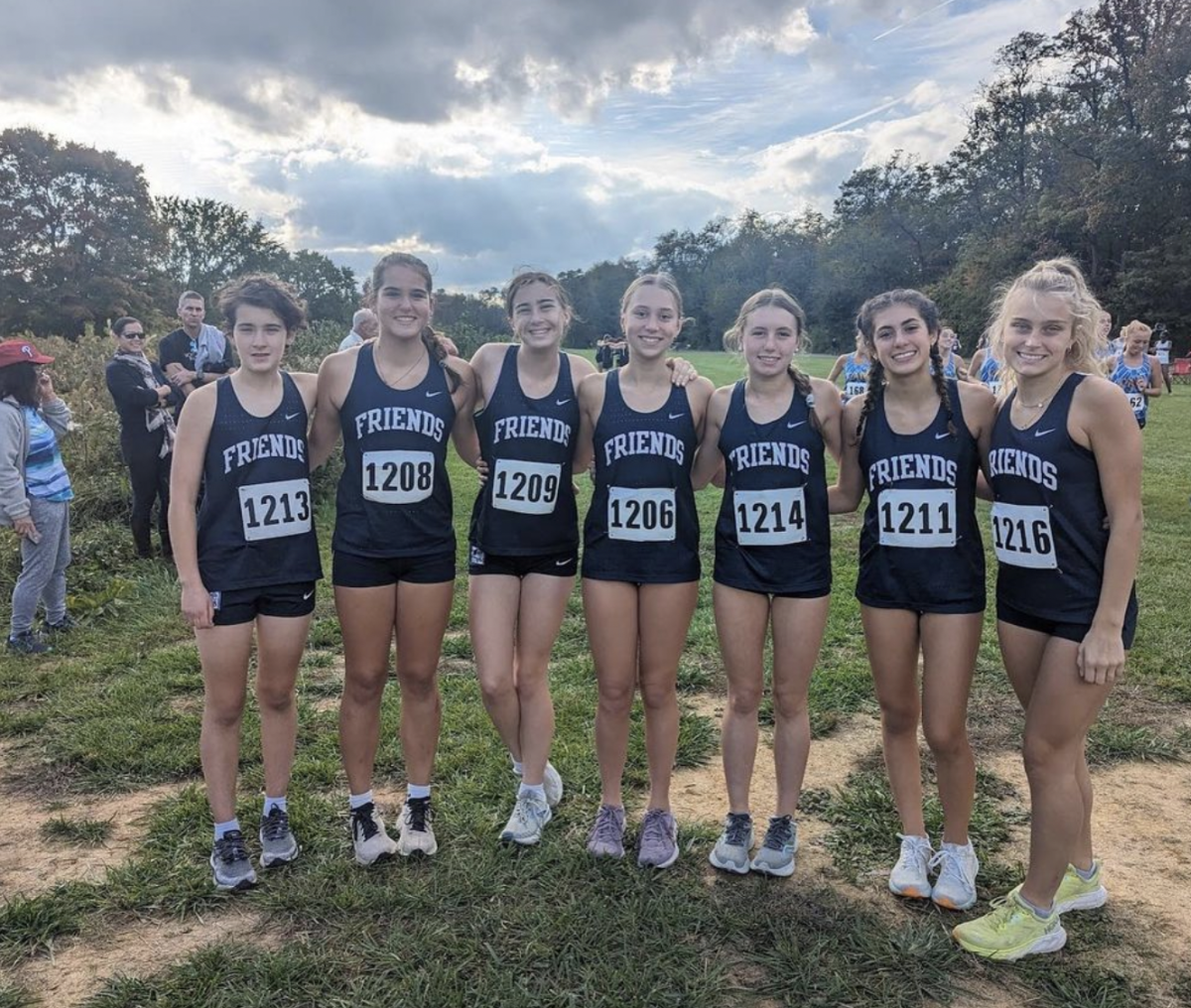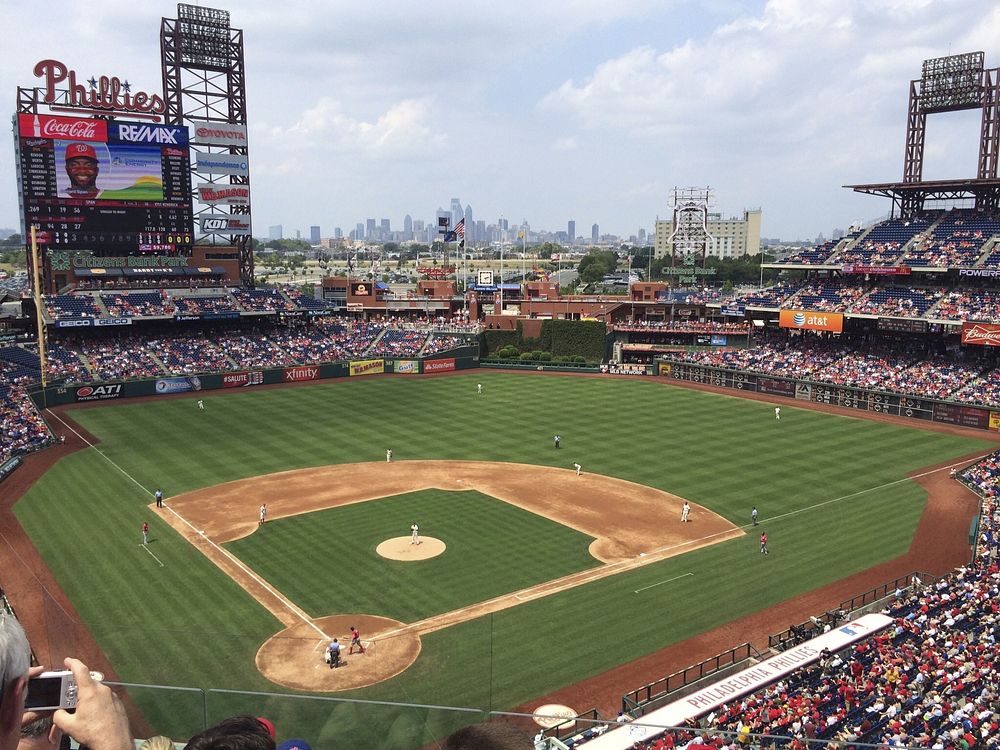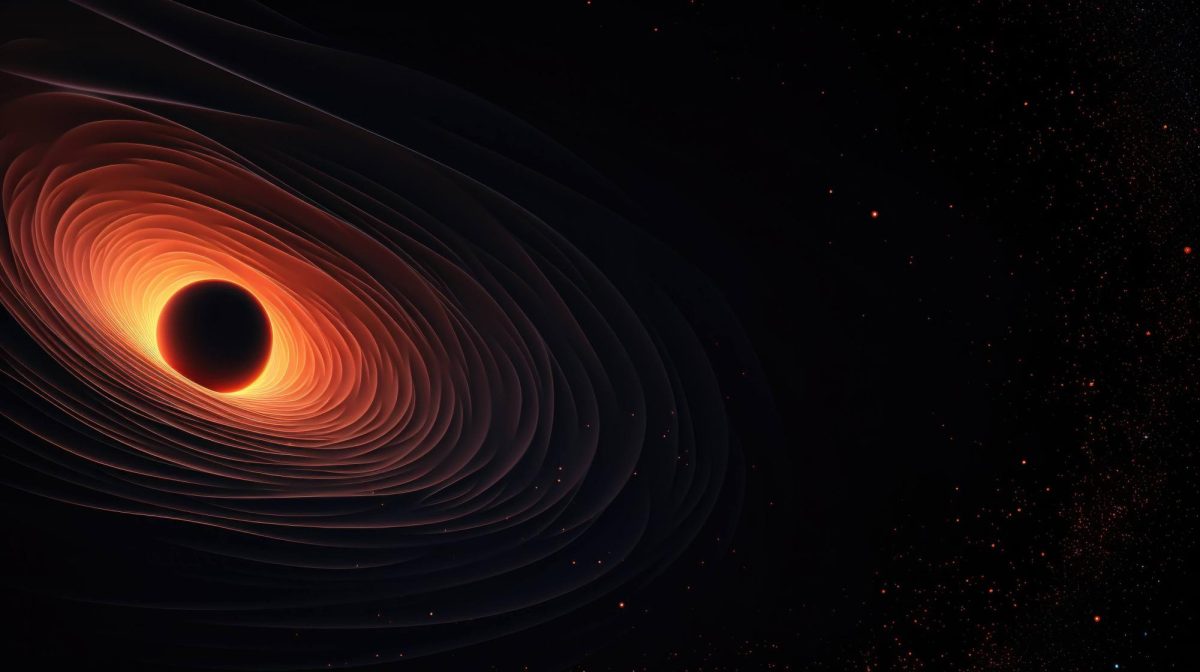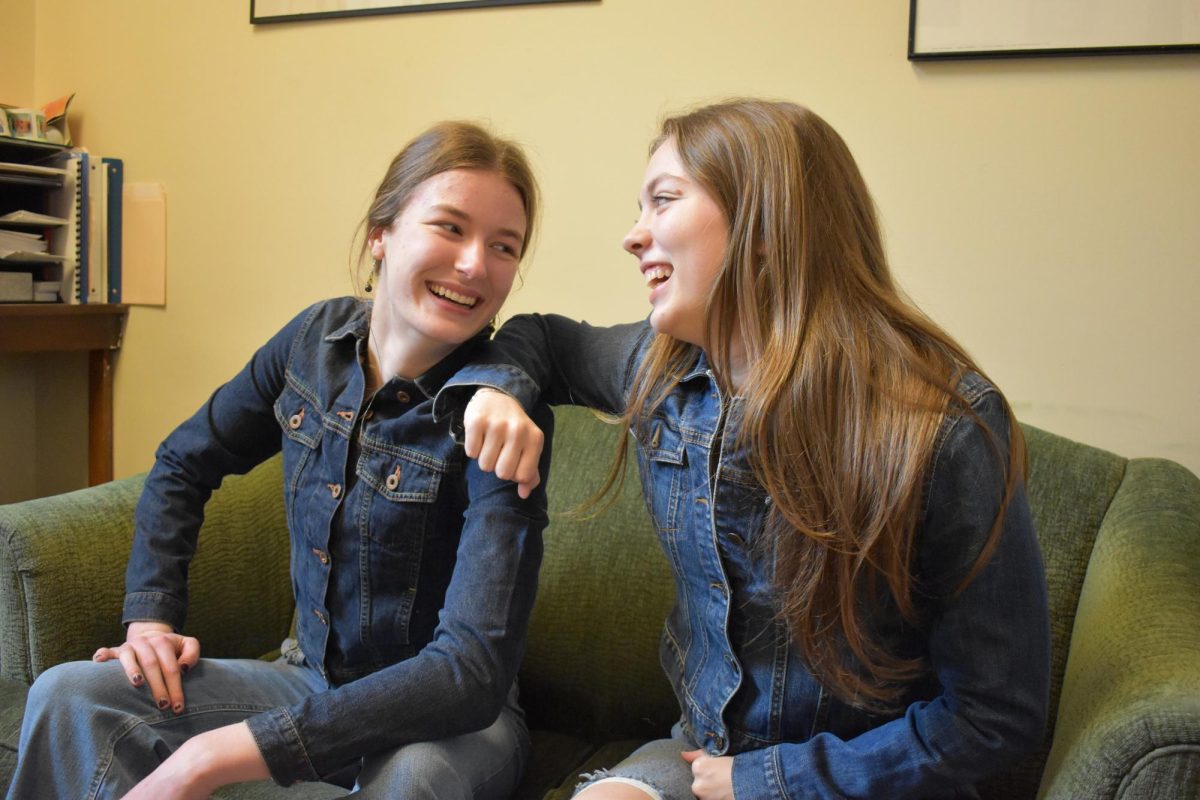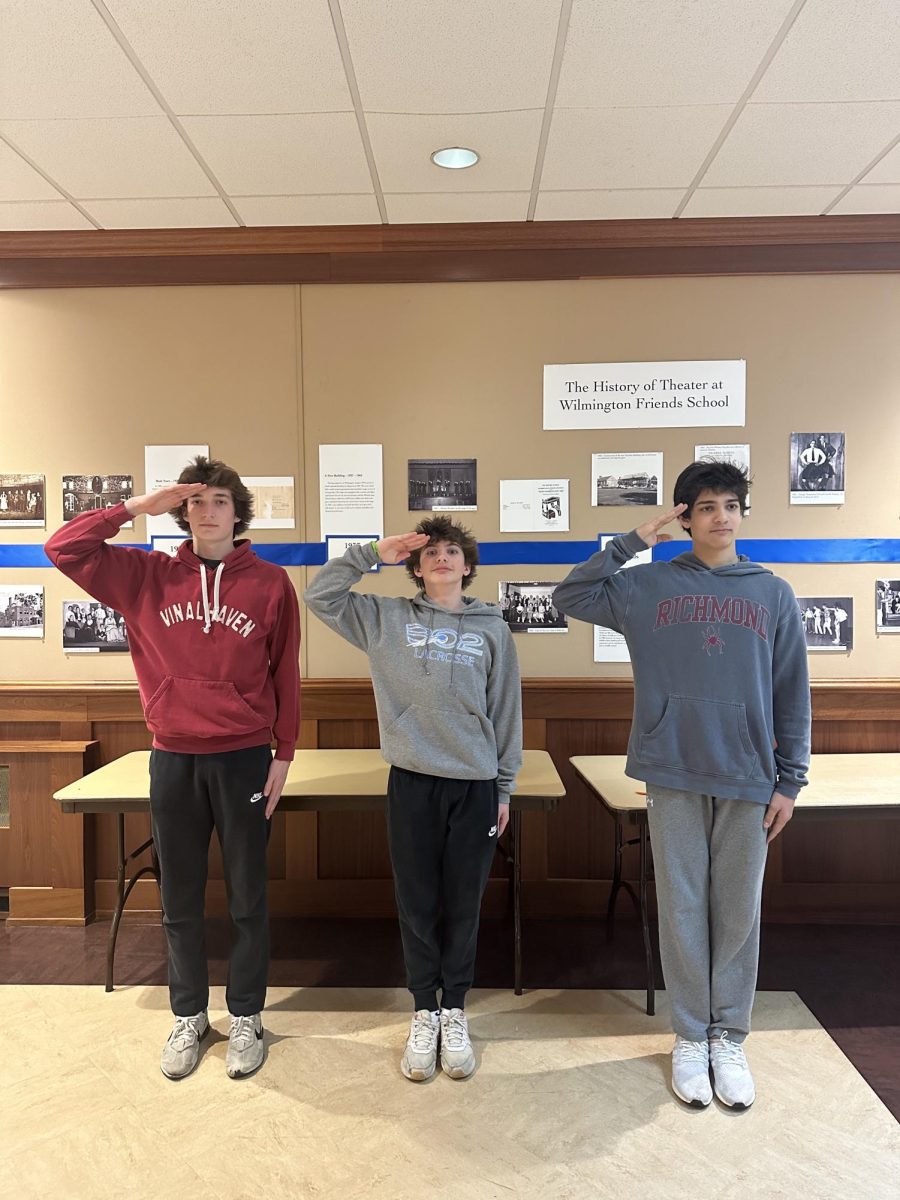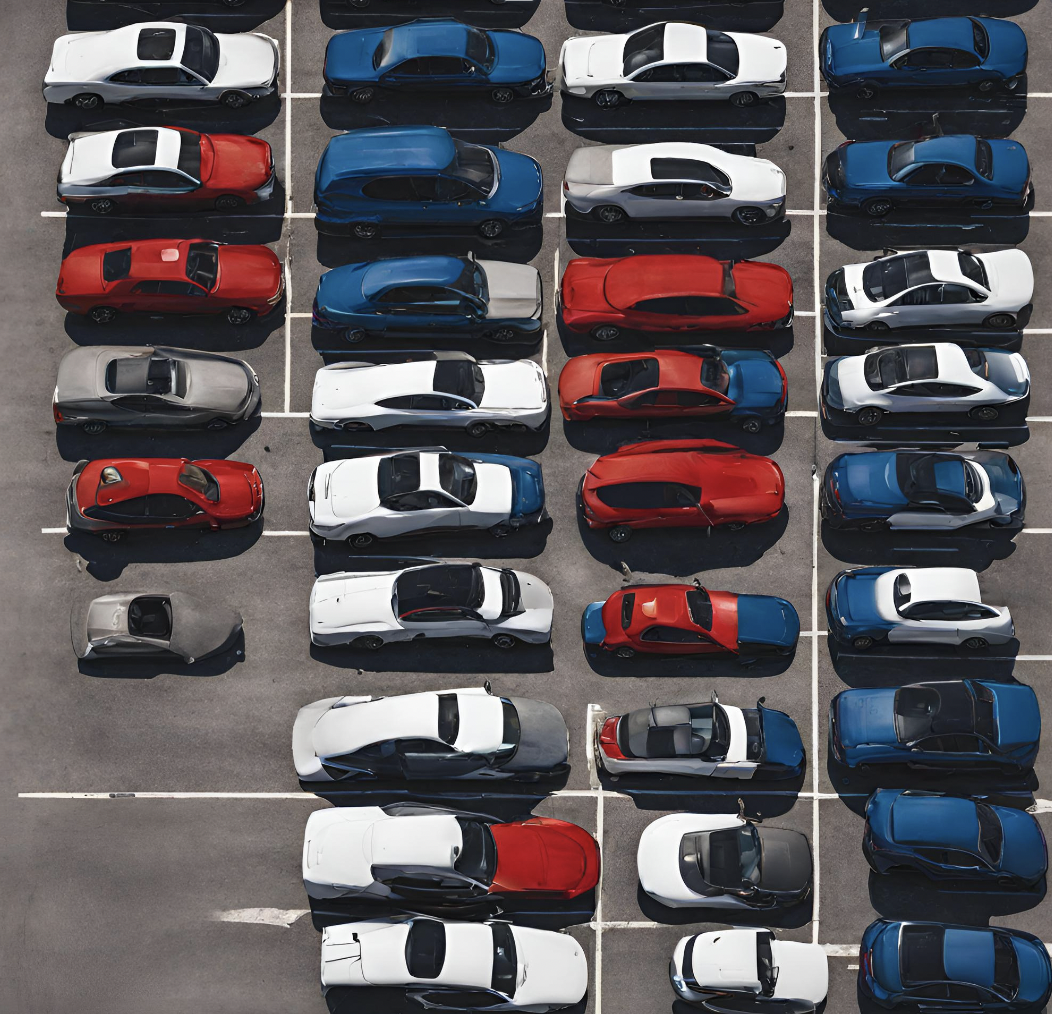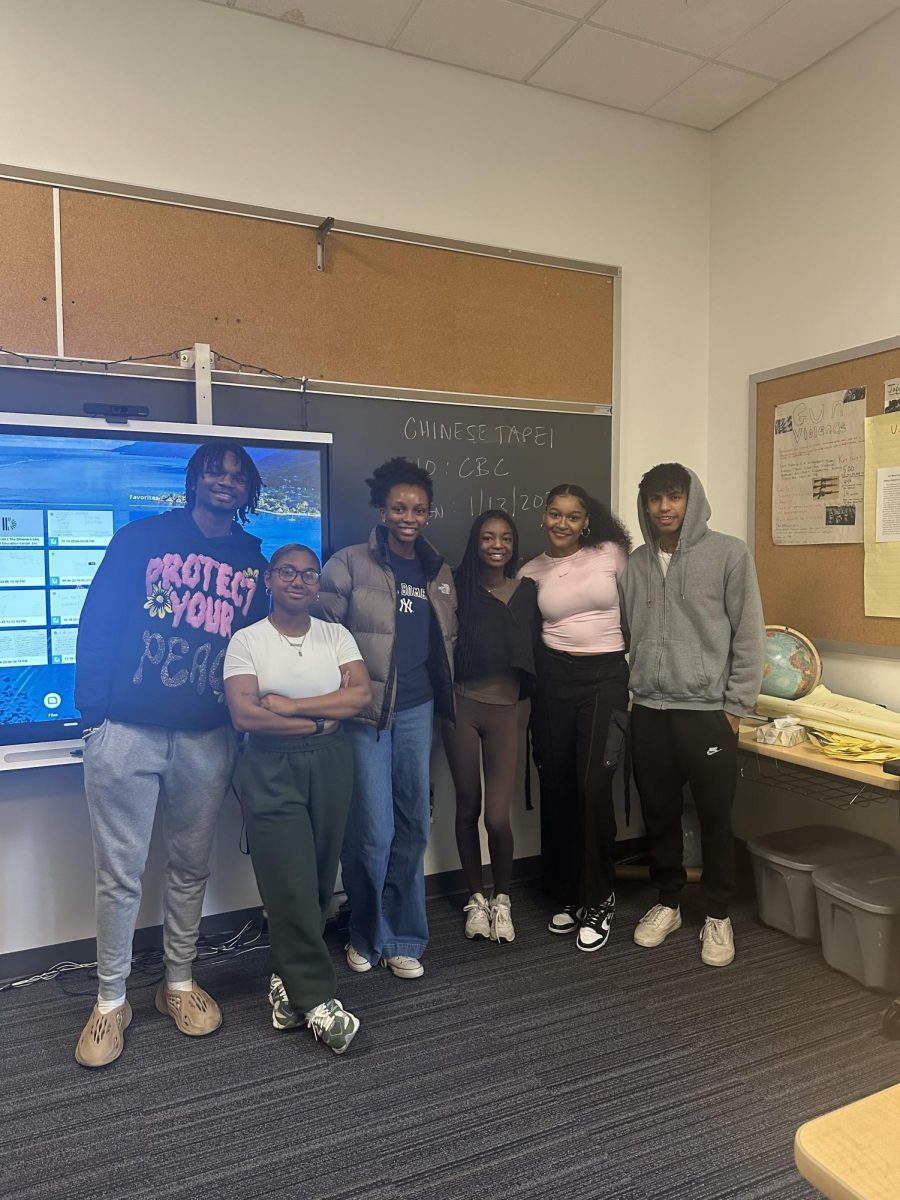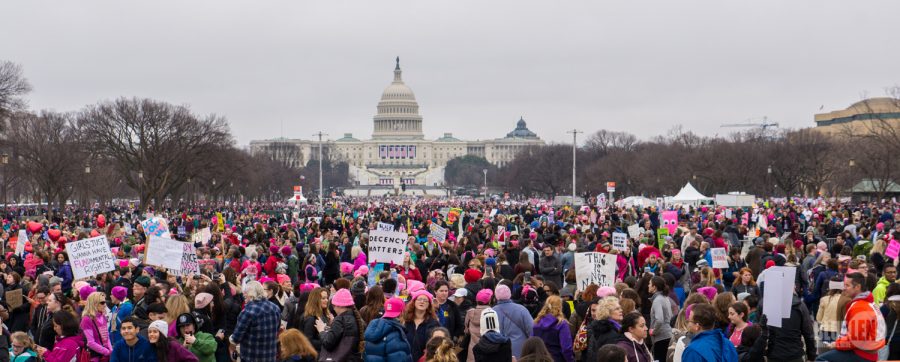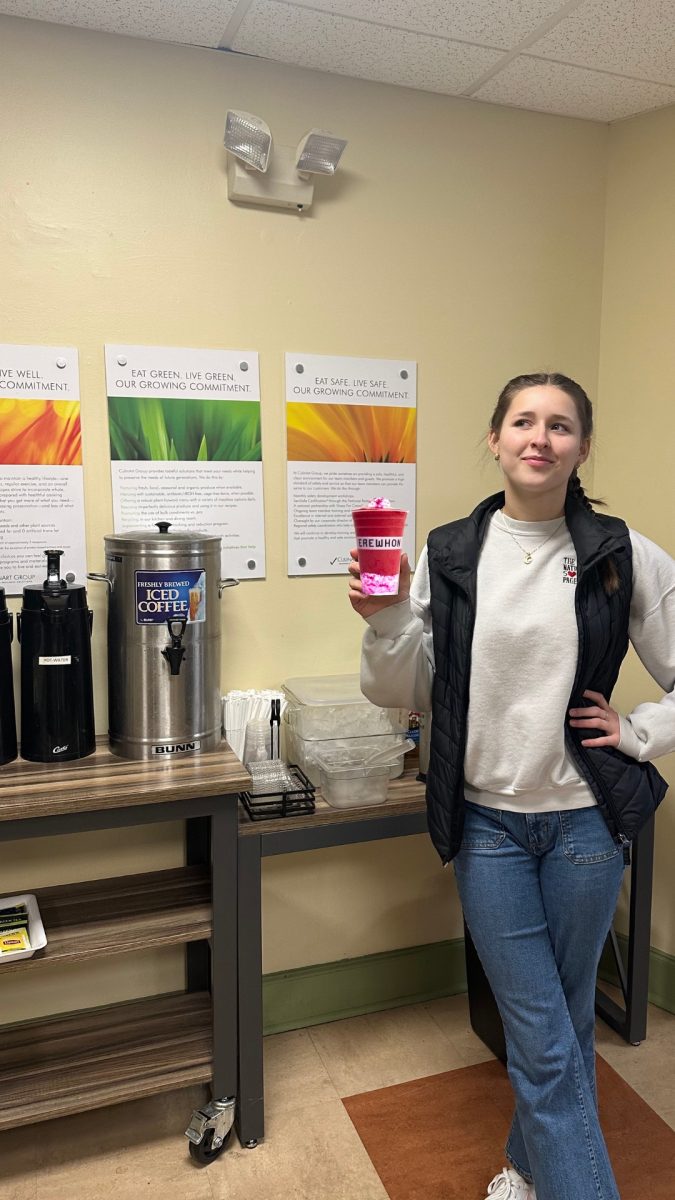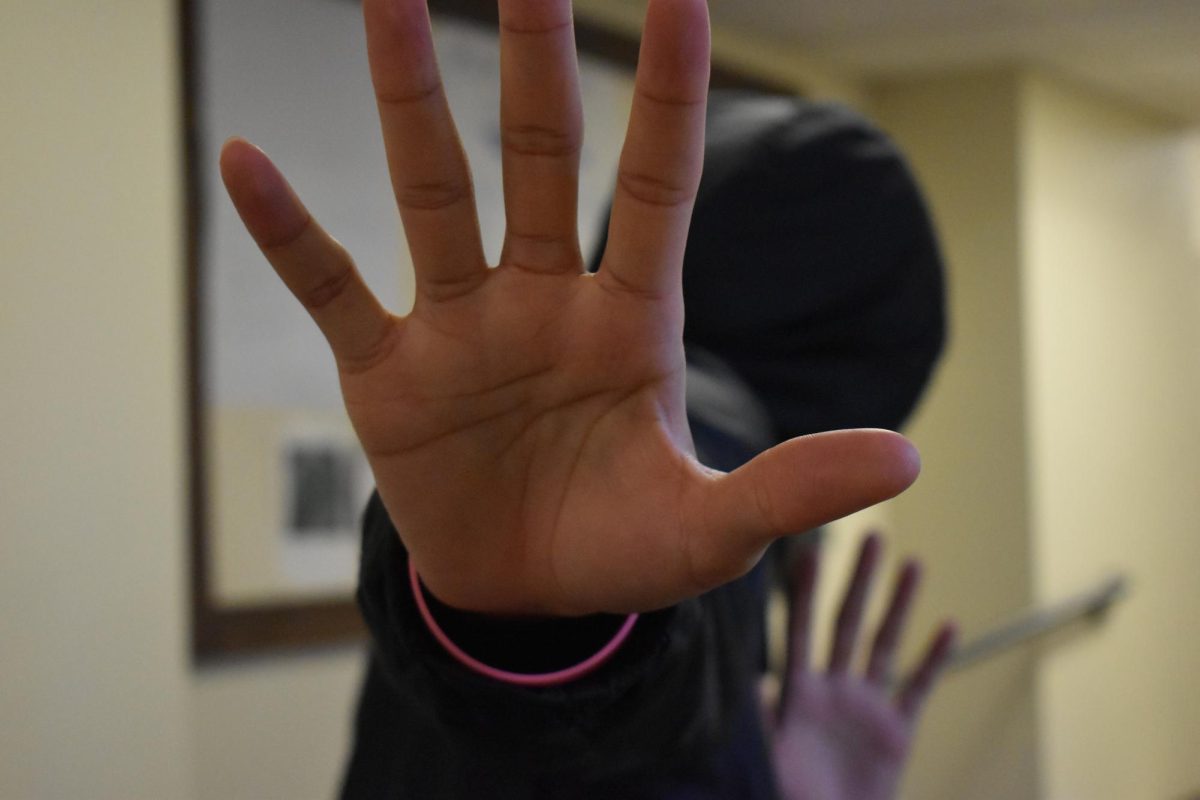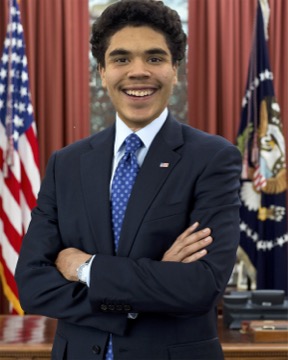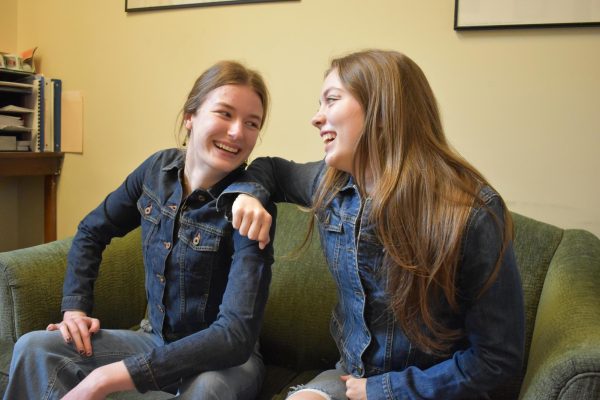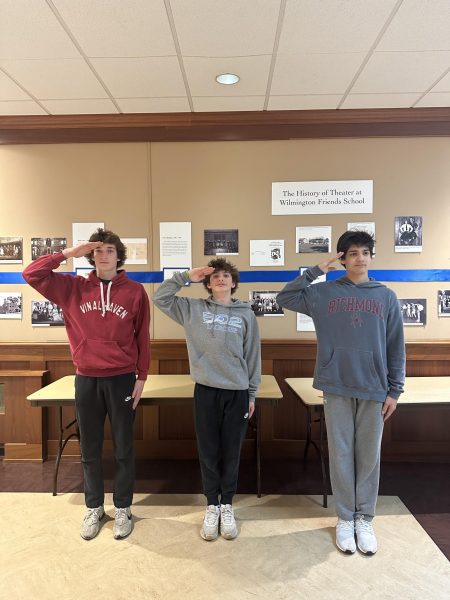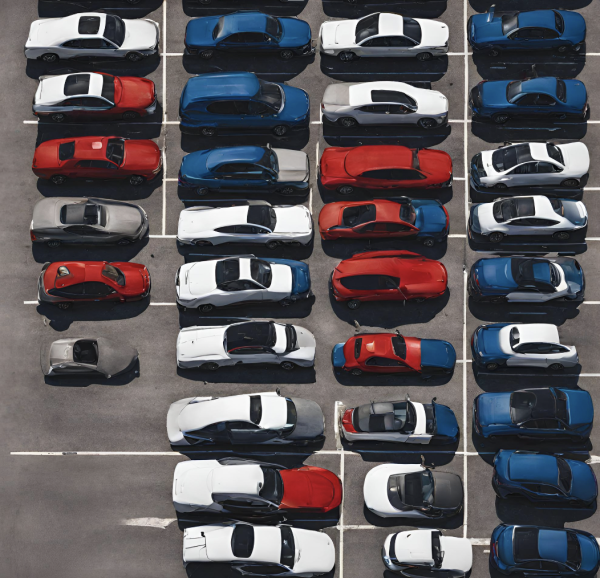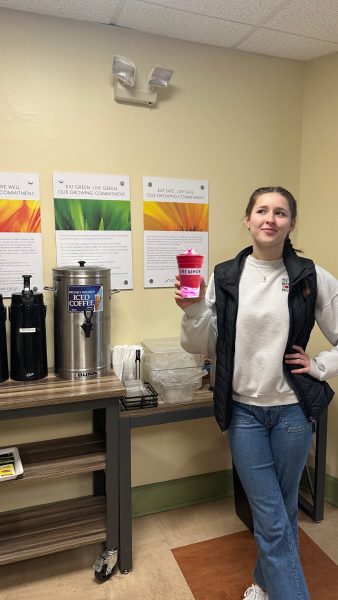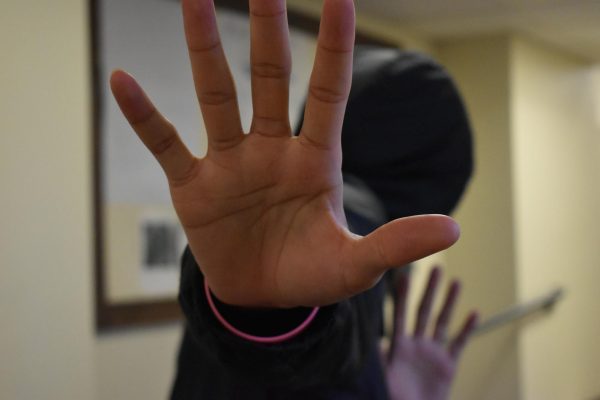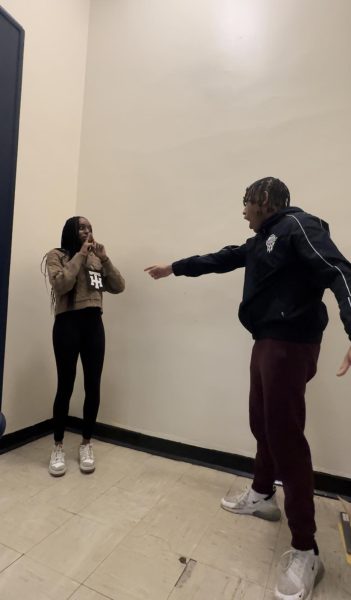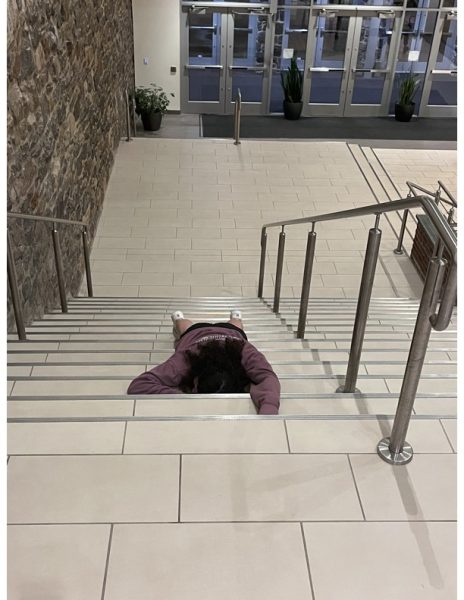Lasting Impact of the Women’s March
March Issue
Crowds at the Women’s March in DC
March 5, 2017
On January 21st, 2017, millions of women, men, and children from Australia to Antarctica took to the streets, expressing a unity of purpose and support for women around the world.
In the US, over 3.3 million women marched in more than 500 cities in all fifty states, including Whittier Co-Editor-in-Chief, Sarah Gooderham ’17, who attended the march in DC.
In the days that followed, social media was flooded with aerial photos of massive pink crowds and close-ups of protesters carrying signs emblazoned “Girls just wanna have fun-damental rights” and “A woman’s place is in the House AND the Senate.” However, even at the time, participants and spectators questioned whether energy surrounding the marches would have lasting impact or fizzle out within a matter of days.
I interviewed Gooderham to get her insight into the experience and her thoughts on the effects of the march in the weeks that followed.
What motivated you to march in the first place?
Over the past year and a half, I’ve witnessed the ugliest parts of this country being brought to light and exposed for all the world to see. Actually, no…I think the world already knew of the existence of these aspects of the US. Perhaps it was the Americans who were most shocked by the realization that their country, while there are many amazing aspects, is not quite perfect. Being from Canada, I’ve always felt that I had the perspective of an outsider, so I was more in the camp of already knowing that there were some flaws in American society. After the election, I realized something: I care about this country. I care about the people who live here and direction it’s going in. So, for me, marching was a way to actively take part in changing the direction the United States is headed in.
What was the most impactful moment for you?
At about 3:30pm, we were marching down Pennsylvania Avenue from the Capital to the White House. We were on the same street that the presidential motorcade had gone down the day before during the inauguration, so the stands for the crowds were still lining the street. The group that I was marching with decided to pause and climb one of these stands, and when we reached the top and I turned around, I was struck with the sight of the crowd. I looked down Pennsylvania Street, and saw the Capital in the distance with a sea of people and pink hats instead of a road. Seeing all those people together, and knowing that I was a part of this wonderful community of people, was incredible.
What was your overall impression of the march?
The march was hands down the best experience of my life. For once, I felt like I was doing something. I felt like I was making a meaningful contribution to society. Whether or not that’s true is another story, but my biggest takeaway was that feeling of community and love and re-energization. This election cycle and the past year have been draining for me and anyone who believes in the values I believe in, but that cloudy Saturday made me feel renewed and ready to take on anything On that day, I felt like we were going to change the world.
However, looking back, I fear we just made a lot of noise and not much of a difference. This was something I had feared from the time when I first heard about the march, and I think it was because there wasn’t really a goal. I mean, there was a goal: equity in all ways. But there wasn’t a specific action we were promoting to reach that goal. This movement is missing something crucial: leaders. I keep thinking back to the Civil Rights movement, and I think about how they had a great leader who knew the goal and what actions had to be taken to achieve that goal. One could argue that the march organizers are the leaders of the movement, but I think it’s very hard to coalesce a group of people this large who believe in so many things that (though they are all linked through intersectionality) don’t make for an ideal target in a time when only specific actions will get the job done.
Was there any aspect of the march that surprised you?
Simultaneously the amount and lack of anti-Trump posters and cheers. I’d gone into the march expecting it to be only anti-Trump propaganda, while hoping that that sort of thing would be kept to a minimum. But, looking back, I remember seeing a ton of negative references to Trump, and many of the cheers were Trump related, such as “We want a leader, not a creepy tweeter,” or my personal favorite, “Hands too small, can’t build wall!” I think that, in the absence of a pointed and positive thing to use as a target, such as the passage of the ERA or really just any specific demand, people found it easy to unify over their hatred for Trump, and this concerns me, because I see it happening all the time, even with myself. It is so easy to focus on the bad thing, and to say, “Let’s get rid of this one bad person, and then everything will be alright.” The truth is that no problem is solved by fixing what’s on the surface. Trump is like the gross mole that shows up on your skin, when really the problem is a tumor growing underneath your skin, hidden. Removing the mole won’t get rid of the tumor that caused it. The fact that we as marchers seemed unified in both love for each other and hatred towards Trump, to me, was hard to swallow. I think we should have focused on love, but I understand why we didn’t.
What do you think was the effect of the march?
I think the march organizers set out with the goal of affecting change at a higher level; maybe they thought that policy makers would see the people on the streets and change their minds. As far as I know, though, this didn’t happen, and maybe that’s okay. Because, for me, the most powerful impact of the march was that is showed everyone there and everyone who supports the cause that they are not alone. And not just in D.C.; knowing that I was marching alongside hundreds of thousands of people in Washington at the same time as marches were happening all over the world was so powerful because it showed me that there’s a global community of people who are not going to take this lying down. I think we have a lot more work to do, and that the marches were only the beginning.
What actions have you taken since the march?
Not enough. As a student whose life is more or less consumed by school, I find it convenient to blame my lack of involvement on my lack of free time. I feel as though I do what I can; I sign every petition that crosses my inbox and write letters to senators and representatives daily. However, I shy away from the phone when invited to call a representative, and though I attend as many marches and rallies as possible, there is always more that can be done. I admit that I do essentially the minimum required actions to be considered an activist. Post-march Sarah is different than pre-march Sarah in that I’m now energized and excited about taking part in the process and affecting change at any level she wants. And I think this is the mindset everyone should take; rather than seeing the march as something that happened and looking at it with a ‘been there, done that’ attitude, people should be excited to continue to partake in the process.

